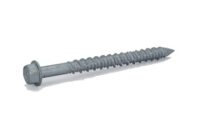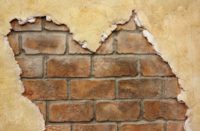Earlier this year, the Florida Building Commission requested comment for proposed changes to the Florida Building Code, including a provision to allow certain wood-framed construction techniques to be used in the construction of Florida school board and college buildings. The proposed modifications to allow wood-framing were defeated. In the aftermath of 1992’s Hurricane Andrew, which wrought destruction throughout Florida and was the most expensive natural disaster in history at the time, the state adopted stronger building codes, including efforts to minimize wind and water damage from storms, resulting in the elimination of stick frame houses in south Florida. According to a study from the Massachusetts Institute of Technology’s Concrete Sustainability Hub titled “A Break-Even Hazard Mitigation Metric,” a $10 million nonengineered wood building could be expected to face more than a half million dollars in hazard-related damages over 50 years, while a $10 million engineered concrete building is expected to face only $165,000 over the same period. The MIT study confirms the importance of using resilient construction materials in regions prone to extreme weather events, and serves as a tool that can assist designers, developers and architects looking to build and rebuild with durability in mind. àà www.buildwithstrength.com












